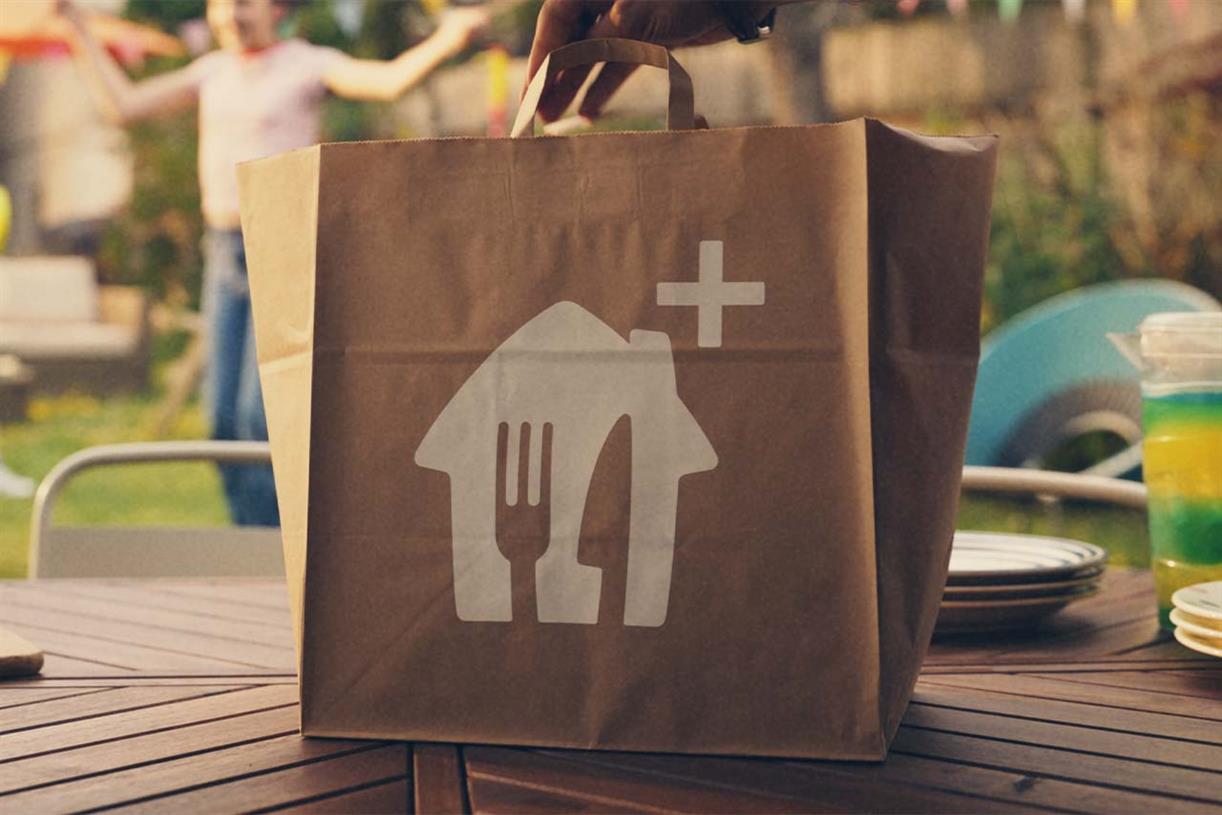Web3's branding problem and its future—how PepsiCo and others are approaching the space
At Ad Age's Web3 Marketing Summit, marketers shared how they're continuing to invest in the Web3 landscape

E-commerce and Web3 converge
In 2022, U.S. consumers spent over $1 trillion on online shopping, making it the “largest year of digital commerce” thus far, according to Comscore. As brands strive to engage consumers’ increasingly-online shopping habits, e-commerce is interweaving with metaverse shopping experiences and digital-only items.
For years, the online shopping experience has remained stagnant, typically revolving around a grid of product photos that consumers can scroll through. But to make online shopping more immersive, brands are launching virtual stores that echo the traditional experience of walking around a physical retail location.
Also read: Inside brands' holiday virtual stores
“What we are starting to see now are these virtual stores that transform online shopping into an experience that's really creative; that's contextual to the brand; that's contextual to the product category; and also, that's really unique to every brand,” said Neha Singh, founder and CEO of Obsess, an experiential e-commerce platform that has created virtual stores for brands such as Disney, Johnson & Johnson and Crocs.
These virtual storefronts allow brands to differentiate themselves from the sameness of the typical e-commerce experience of scrolling through a simple list of product photos, she said. And consumers tend to spend more time exploring these virtual retail locations than they would on a typical brand website. American Girl, for instance, has seen 1000% longer shopping sessions through its virtual store than the brand’s other e-commerce platforms, Singh said.
Younger consumers, especially, are increasingly interested in purchasing digital items to adorn their virtual avatars in the metaverse, said Stan Georgiev, head of strategic partnerships at Ready Player Me, a platform that creates avatars that can translate across different virtual experiences.
For consumers like his 7-year-old daughter, “the virtual world is equally positioned—if not better positioned, as far as emotional attachment goes—as the physical world,” he said. And marketers are leaning into this blurring between the physical and digital worlds, with brands releasing virtual items that come with real-world perks, or physical items that give consumers access to a metaverse equivalent of that product, he said.
Wrangler, for example, partnered with singer-songwriter Leon Bridges and NFT project Deadfellaz on a real-life clothing line that also involved metaverse wearables. And Tommy Hilfiger introduced four virtual items at Metaverse Fashion Week in March that consumers could also purchase physical versions of.
“It's no longer just small experiments that brands are doing, but this is starting to become a new mode of shopping for a lot of customers—especially for a younger audience,” Singh said.
“When NFTs first hit the scene, they were perceived for the most part as an unattainable piece of artwork reserved for the wealthy tech enthusiasts,” said Kaitlin McGirl, global head of KarmaLab at Reddit. “And since the days of when Beeple went to auction at $69 million, I would say that the focus and perception [of NFTs] has shifted really from a more speculative investment vehicle to something that’s more utility-driven and attainable. And we're seeing brands really start to lean into that benefit and that value.”
Ultimately, brands wanting to expand into Web3 spaces need to “humanize these technologies” rather than lingering on their underlying technical jargon, said Akbar Hamid, co-founder of People of Crypto Lab and founder and CEO of creative communications consultancy The 5th Column.
“We try to keep reminding these Web2 brands that you have to bring it back to your consumer, and I think losing the jargon is a big part of that,” he said. “Frankly, the general consumer outside of this power niche that we’re in don’t care about the steps—they just want to know they are…having a cool experience in a cool environment.”
NFT-based brand loyalty programs
One of the “utility-driven” applications of NFTs that brands are increasingly adopting is tying these digital assets back to brand loyalty programs. In the past two years, brands such as Starbucks, Clinique and Nike have launched loyalty programs that link rewards, such as discounts, unique items or access to exclusive events, to NFTs held by consumers—and a growing number of brands are embracing this approach, said Catherine D. Henry, senior VP of Web3 and metaverse innovation strategy at Media.Monks.
“We're finding that token-based loyalty programs are really, really in high demand right now—in fact, I'd say that they're probably the majority of our new remits for Web3 are all about creating a unique strategy for each company,” she said. “In the old days, the only levers that people would use would be to offer customers discounts or coupons. But this offers an entirely new and exciting way to create community, because brand relationships aren’t always about using money as a lever.”
These NFT loyalty programs are far more of a “two-way street” than traditional programs, said Salesforce’s Mathieu. Where brands have historically viewed customer loyalty as something to expect from consumers, brands can collect information about these consumers’ “needs” and “passions” from the information associated with their unique token, he said.
“Suddenly you're able to serve them product extension [and] promotion, but also services [and] experiences that truly connect to who they are and what they expect not just from the brand, but from life,” he said. “And that, to me, is really changing the game in terms of how we think about loyalty.”
Nike’s .Swoosh loyalty program, for example, extends customer loyalty into co-creating products, inviting consumers to help design virtual sneakers and other items and offering them exclusive access to Nike events. With these types of programs, most brands are seeking to create a “long-term reciprocal relationship” with consumers, said Henry.
“There's still a space for digital collectibles, and I think that we can't think of it so much as a cash grab as we did last year,” she added. “A lot of people thought, ‘Well, this is a great way for me to drive quick profits to the company.’ But I think we've moved away from that understanding.”
Navigating brand safety in Web3
Several brands breaking into Web3 have built out robust legal teams and other precautions to protect their brands from potential Web3-related brand safety issues. Over the past six months, PepsiCo has developed a legal resource the company dubbed its “Web3 Center of Enablement” that helps guide the company’s Web3-centric campaigns, such as NFT collections or metaverse experiences, said Kate Brady, head of next gen D2C connections and innovation at PepsiCo.
“This covers areas like reading regulatory guidelines, compliance tasks, IP security—and, really, brand safety is paramount,” she said. “Our Web3 COE is really challenging vendors in the space, as well, to come up with solutions that protect our brand’s IP and safety. And we won’t partner with businesses in the space who don't have those production guardrails in place.”
The program unites the company’s legal teams across departments, which has helped streamline the approval process for PepsiCo’s Web3-based campaigns, Brady added. Approvals that once took months to get through legal hurdles now can take “a week or less,” she said.
Wunderman Thompson, too, has implemented extensive legal guidelines to steer clients’ Web3 marketing campaigns, said Justin Peyton, chief transformation and strategy officer for APAC.
“We're bringing the finance community, the legal community and the compliance teams all together much earlier in the process than we would with any traditional marketing activities,” he said. “The roadblocks that we can hit—and that I know many brands have hit—late in the process can really derail something. So, getting those teams on board and talking them through how you want to build this, what the ambitions are, typically helps us get to a yes or find a pathway through things.”

 Tfoso
Tfoso 
































